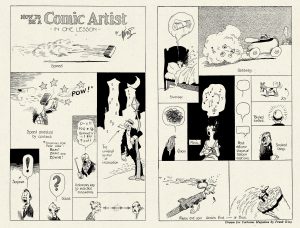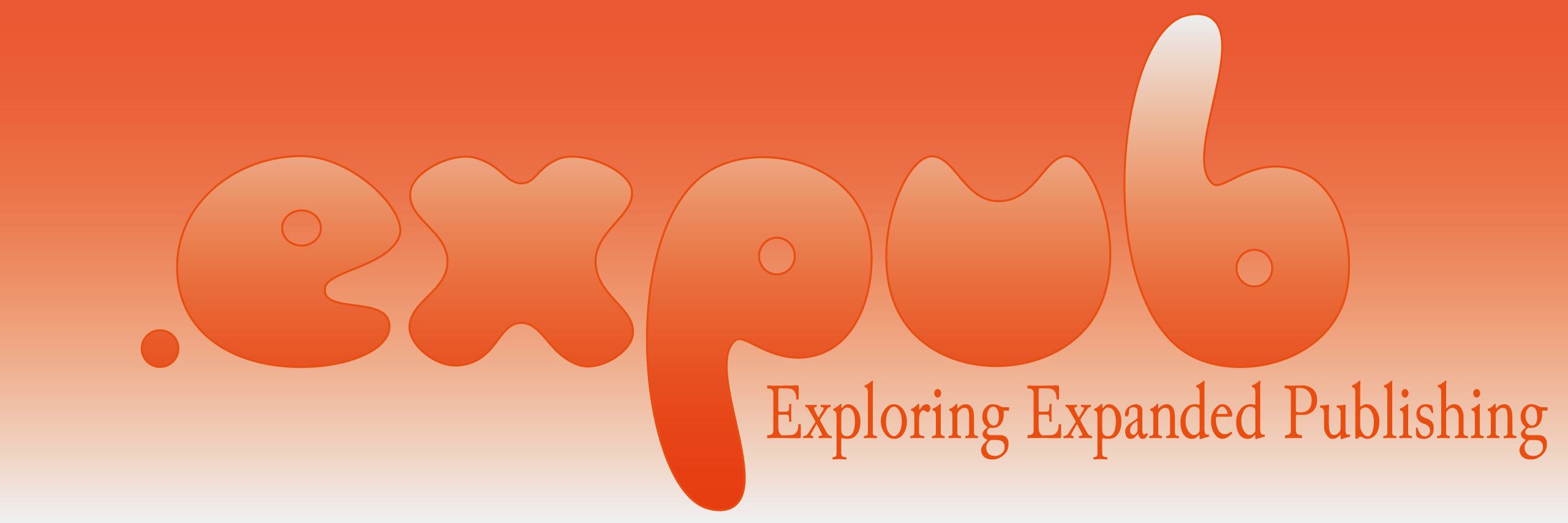1. Comics Artists
The self-appointed sentinels of the paneled page who revel in their imagined eminence. With the wave of a pen, they anoint the chosen few, granting passage into their illustrious ink-stained realm. “You, with the avant-garde, unfinished graphic novel, step forth! But you, peddler of superhero clichés, begone!” they decree from atop their paper thrones. It’s a veritable feudal system, where the hipster lords of gradient backgrounds, italic fonts and risograph pastel colors, bestow serfdom upon those they deem worthy. And woe betide the creator who dares to question the sanctity of their sketch-filled fiefdom; they’ll find themselves exiled to the barren wastelands of artistic obscurity, their laughter dismissed as the hollow chuckles of the unworthy. In this grand theater of the graphic, the comic artists’ sense of entitlement is as bloated as a speech bubble on the verge of bursting. The industry horror stories, whispered like ghost tales at a campfire, serve as cautionary fables to the uninitiated: “Beware the gatekeepers, for they guard the path to the zinefest.” The artists’ laughter echoes through the halls, a chilling reminder that they, and they alone, hold the keys to the kingdom… or rather to one of the kingdoms.
The fragmentation of the comics community is a glaring testament to the medium’s marginalization, a splintering cacophony of insular cliques, each too preoccupied with their own navel-gazing to notice the ground crumbling beneath them. This isn’t the golden age of comics anymore; it’s the age of the echo chamber, where the once mighty roar of comics as a cultural force has been reduced to a whimper, lost in the void of instagram reels. The artists and writers, once vanguards of the counterculture, now preside over a kingdom of dust, their works scarcely rippling the surface of public consciousness, let alone making any lasting impact. In their desperate scramble for relevance, these fragmented communities clutch at straws, mistaking the sound of their own voices for the pulse of the industry, recognizing in the ongoing performance of melancholia a hallmark of artistic integrity.
The truth is as bitter as it is undeniable: the medium that once challenged norms and pushed boundaries is now little more than a quaint relic, its potential for impact dissipated by the very hands that once held it aloft. And so, the comics community continues to fracture, each shard reflecting a distorted image of what once was. The comics artists, those melancholic scribes of society’s margins, find themselves preaching to the risograph choir. Their messages of dissent and disillusionment echo off the walls of an ever-narrowing chamber. In their marginality, they have become curators of a museum of irrelevance, where the grand autobiographical narratives of yesteryear’s camping trip gather dust, untouched by the hands of a new generation that finds its revolutions not in the turn of a page, nor in the swipe of a screen.
2. Comic Books
These pulpy, ink-stained refuges of the pitifully bourgeois comics artist, where cynicism is not just a tool but a weapon sharpened to a fine point on the whetstone of society’s ever-growing mountain of apathy. Here, in the hallowed panels and gutters of this underappreciated medium, the aging creator finds solace, a place where their disciplined hand can craft worlds free from the confrontation they so desperately avoid. It’s a safe haven, a fortress of solitude where the sneers and jeers of a world that has moved on from the simplicity of good versus evil are drowned out by the scratch of pen on paper, the click of a keyboard, or the silent swipe of a digital stylus.
In the comic book, the cynical artist reigns supreme, their world-weary gaze turned inward to dissect the human condition with the precision of a surgeon—or perhaps more aptly, a mortician. And yet, despite the disdain they may hold for the world, comics artists are disciplined in their craft. Each line, each word, each color is meticulously chosen to convey the breadth of their resignation. They lay bare the follies of mankind with a smirk, a knowing look that says, “I have seen the truth of this world, and it is as laughable as it is lamentable.” Their characters are not heroes in the traditional sense; they are flawed, they are broken, they are us. And through this lens, the artist can critique the very society that has beaten them down, all from the comfort of their drafting table in their co-work, their only confrontation with the page before them and the deadlines that loom like specters over their shoulder.

How to be a Comics Artist in One Lesson, by Frank King, 1915. Thanks to Philippe Capart for discovering the image.
3. Comics Labor
The revered craftsmanship traditions in the realm of comics are nothing more than the death rattle of a medium gasping for relevance in an age that has long since passed it by. These antiquated techniques, once the hallmark of a craftsman’s dedication, now serve as the chains that bind the comic artist to a sinking ship, a ship that the rest of the world has abandoned for the sleeker, faster vessels of concepts and ideas. Clinging to these methods is a clear admission of defeat, a signal that the artist has retreated into the comforting arms of obsolescence, content to produce work that resonates with a dwindling local audience. “Everybody is famous for 15 people,” wrote musician and writer Momus. Fetishizing the tools of their trade as if they were sacred relics capable of warding off the inexorable march of progress, comics artists toil away in their workshops, producing pieces that are more at home in a “dusty” instagram gallery than on our bookshelves.
And let’s not forget the grand illusion of social media success, a myth as enduring as the superheroes and the anti-heroes that grace the pages. The reality? A solitary confinement within the four walls of one’s own creative cell, the only contact with the outside world being the cold, impersonal click of a share button. The comic artists, in their infinite wisdom, have decided that physical proximity breeds mediocrity, and thus, they toil alone, their only companions the characters they bring to life. In the end, the gatekeepers stand alone, their fortress impenetrable, their entitlement unassailable, their sense of humor as exclusive as the pages they so jealously guard.
4. 24-Hour Comics Marathons
These hallowed spectacles where the ink-slinging gladiators of the graphic novel world do battle with the most fearsome foe of all: their own procrastination. Watch in awe as they chain themselves to their desks, their cries of anguish broadcast across the digital Colosseum for the amusement of the popcorn-munching masses. “Behold my suffering,” they seem to say, “as I valiantly sketch my way through this caffeine-fueled autofictional odyssey!” It’s a modern-day marathon with a twist—instead of the glory of physical prowess, these artists seek the dubious honor of having wrung out a 16-pages folded and stapled A5 booklet in the time it takes the Earth to spin once on its axis. And what a show it is, full of self-flagellation and melodrama, as they race against the clock, drinking Red Bulls and peeing in plastic cups, their every line a testament to the noble struggle against the ultimate adversary: a looming deadline.
But let’s not forget the true artistry on display here—the art of turning work into a public cry for validation. “Look upon my works, ye mighty, and despair… or at least retweet,” they seem to plead, their eyes bloodshot from the glow of their screens. The spectacle is nothing short of a digital circus, complete with juggling of panels and acrobatics of plot. The artists contort themselves into pretzels of creative angst, all the while broadcasting their ordeal with the fervor of a telethon host during the final push for donations. It’s a veritable feast of voyeurism, where the audience gets to watch someone else’s all-nighter under the guise of supporting the arts. And the artists, bless their hearts, lap up the attention like cats with a bowl of milk, their self-deprecating humor a thinly veiled cry for “Look at me, I’m suffering for my craft!”


